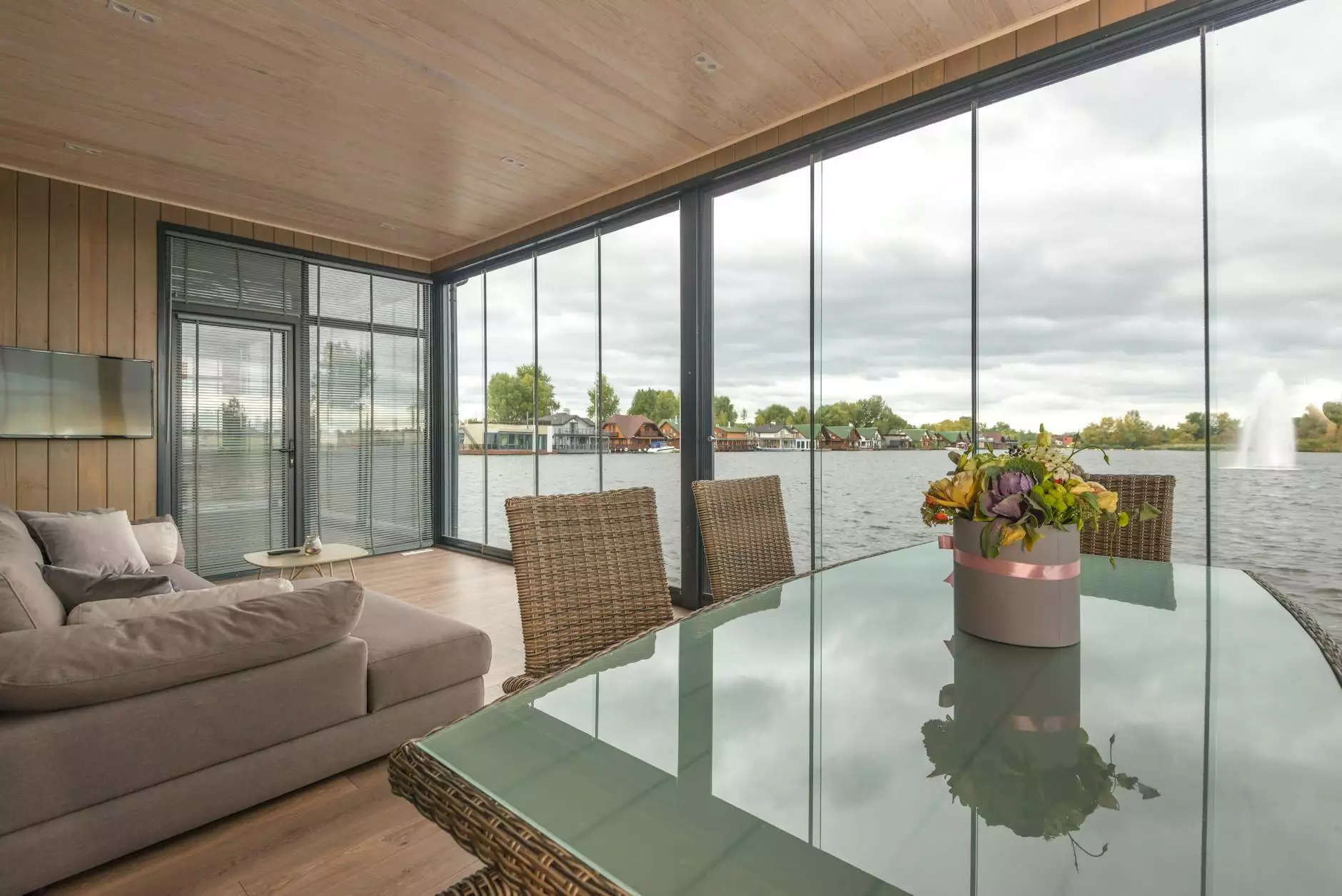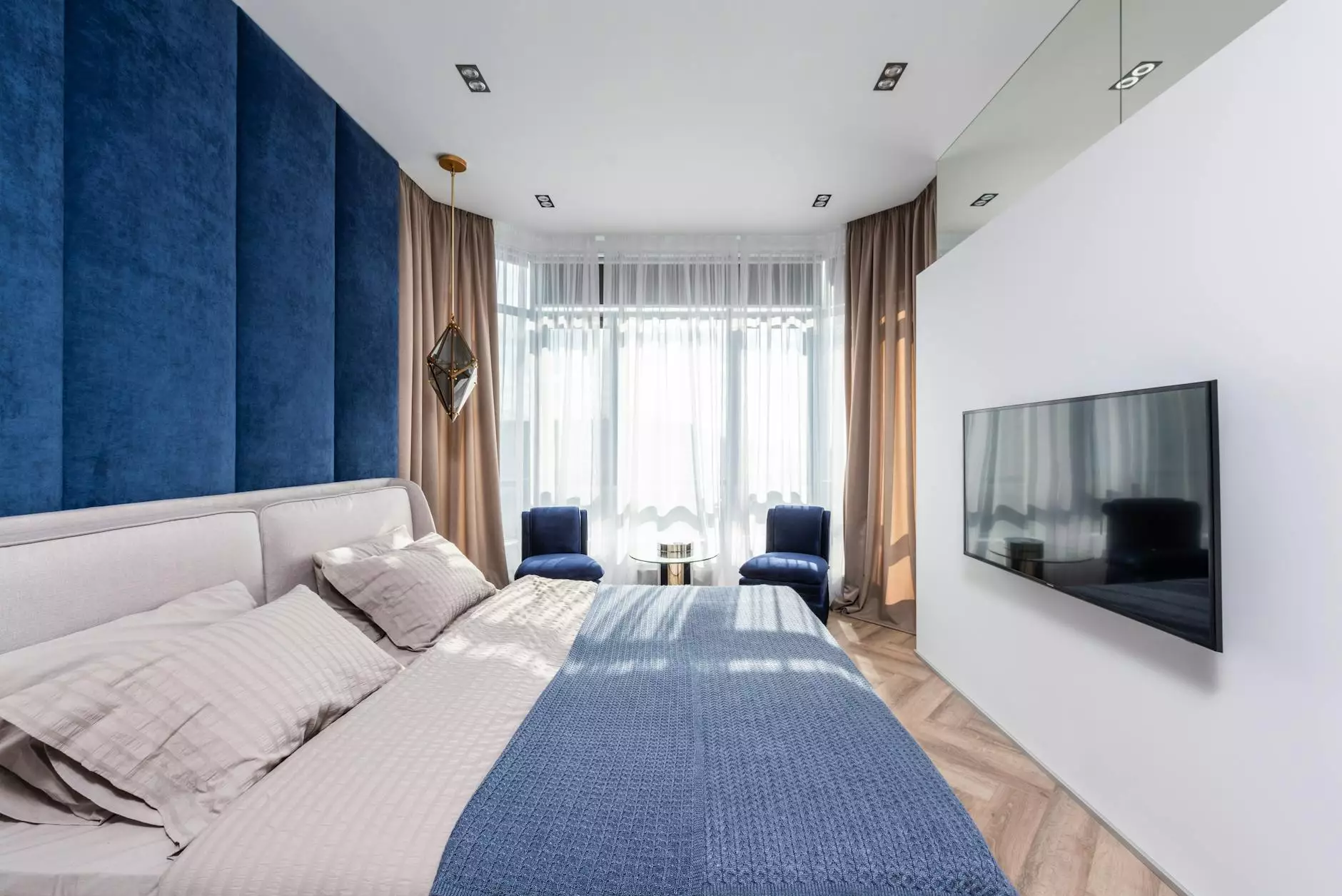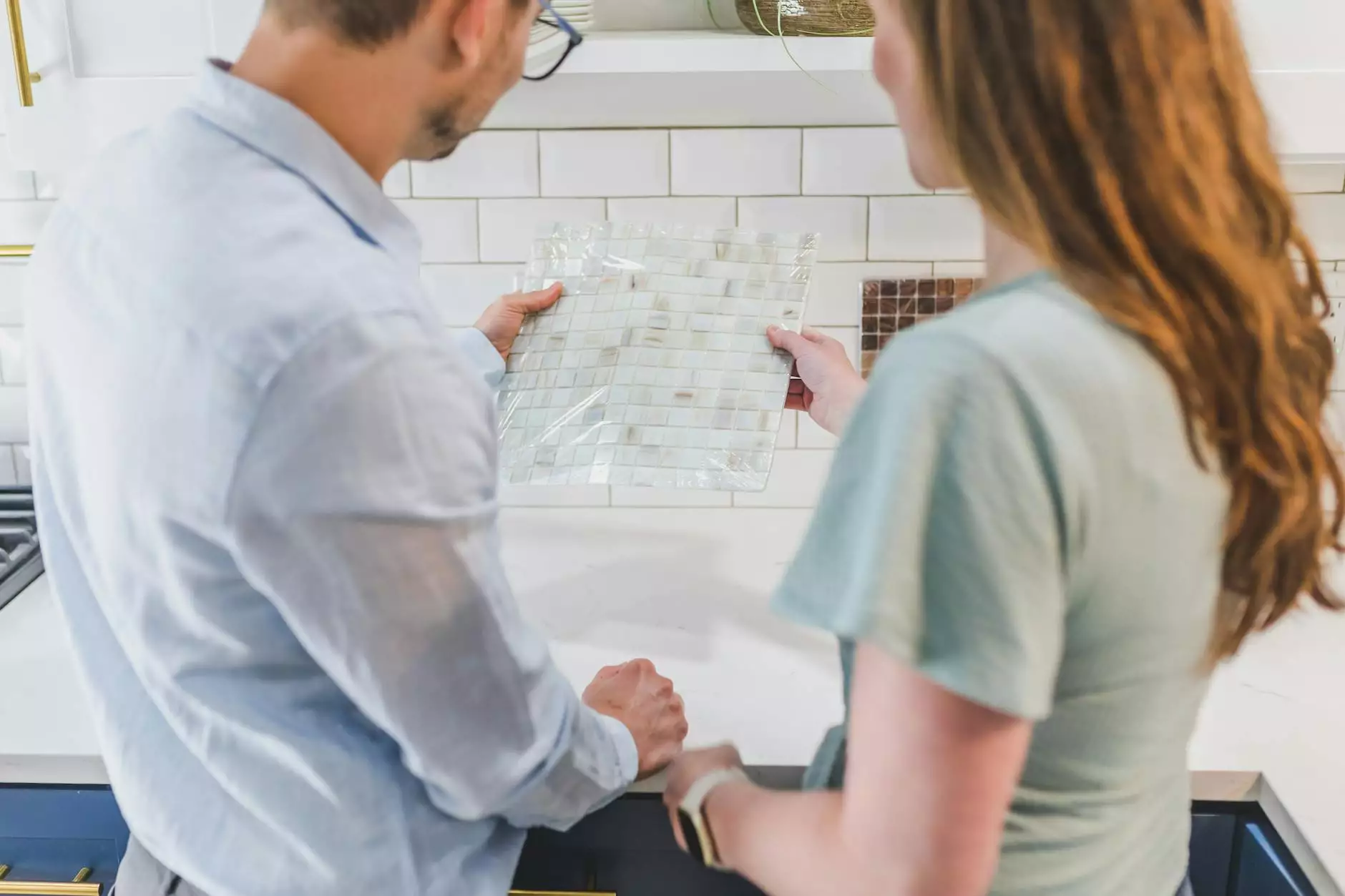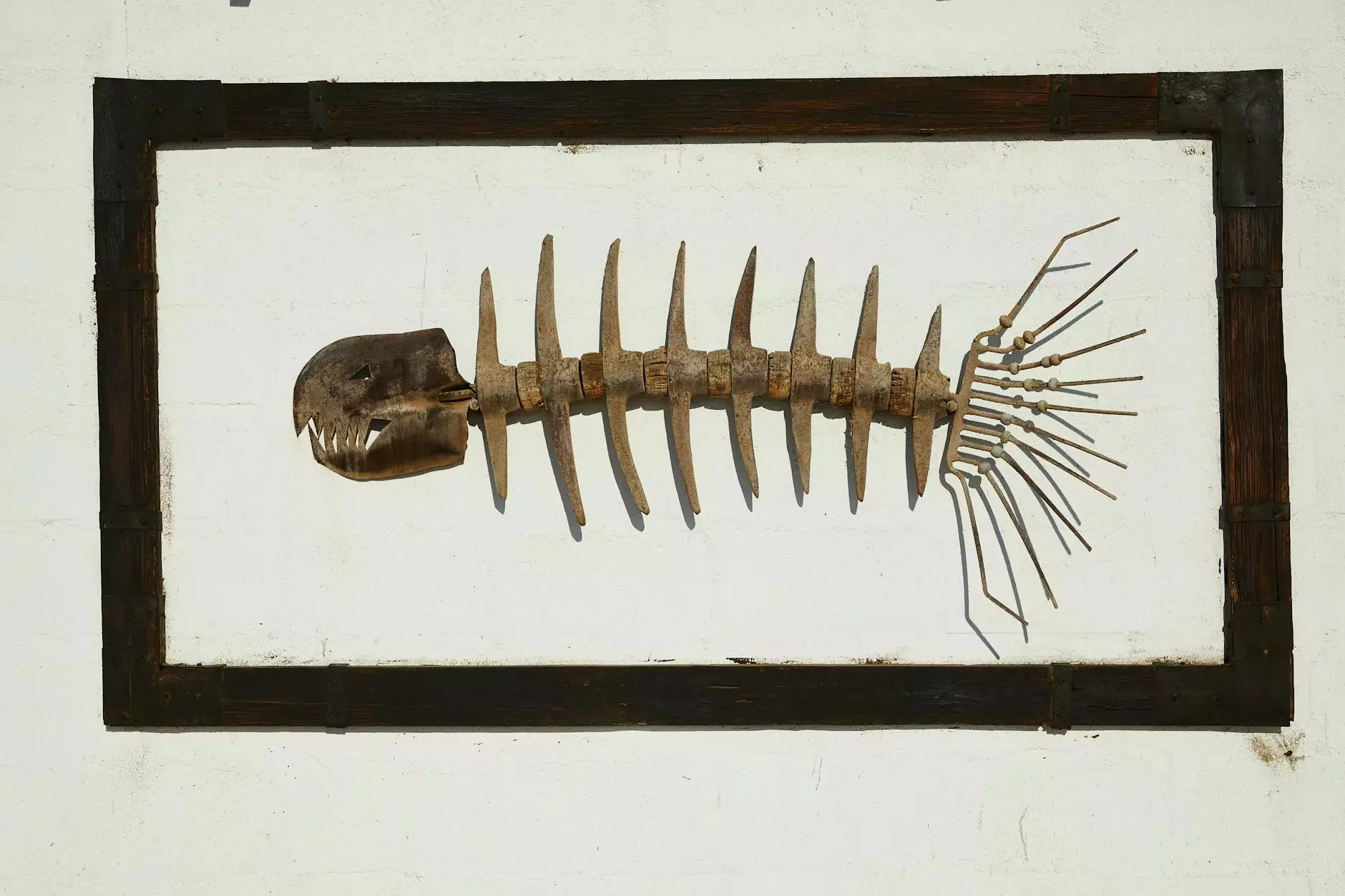Chair Planter - DIY Guide

Introduction to Chair Planters
Do you want to add a touch of creativity and nature to your garden? Chair planters are a fantastic way to blend functionality and aesthetics. This DIY guide will help you transform an old chair into a beautiful planter, giving new life to both your garden and your furniture.
Materials for Chair Planter
Before you start your chair planter project, gather the following materials:
- Old chair
- Power drill
- Screws
- Fabric or burlap
- Potting soil
- Plants or flowers of your choice
- Paint or wood stain (optional)
Step-by-Step Guide
Step 1: Preparing the Chair
The first step is to prepare the chair for its transformation. Remove any cushions or seating components from the chair. Inspect the chair's structure and make any necessary repairs or adjustments. Sand the chair to remove any existing paint or varnish, creating a smooth surface for the next steps.
Step 2: Adding Drainage Holes
For proper drainage, it's essential to drill small holes in the seat and back of the chair. These holes will prevent water from accumulating and ensure the health of your plants. Place the chair on a stable surface and use a power drill to create evenly spaced holes.
Step 3: Coating or Painting
If desired, this is the perfect time to add a coat of paint or wood stain to the chair. Choose a color that complements your garden's aesthetic. Apply the paint or stain evenly, allowing it to dry completely before moving on to the next step.
Step 4: Preparing the Planter Area
Line the seat and back of the chair with fabric or burlap to retain the potting soil and prevent it from falling through the drainage holes. Trim the fabric to fit the areas properly and secure it in place using staples or glue. Ensure that the fabric is tightly secured for a neat appearance.
Step 5: Adding Potting Soil and Plants
Fill the seat and back of the chair with high-quality potting soil. Leave enough space at the top for your plants. Choose plants or flowers that thrive in your region's climate and that match the amount of sunlight your garden receives. Gently transplant them into the chair planter, being careful not to damage their roots.
Step 6: Placement and Maintenance
Find the perfect spot in your garden to showcase your new chair planter. Ensure that the area receives adequate sunlight and is easily accessible for watering and maintenance. Water your plants regularly and monitor their growth. Trim, prune, and fertilize them as needed to keep your chair planter thriving and beautiful.
Benefits of Chair Planters
Chair planters offer several advantages beyond their aesthetic appeal. These unique garden features:
- Repurpose old furniture, contributing to sustainability
- Add vertical elements, creating visual interest in your garden
- Save space, especially in smaller gardens or balconies
- Allow easy mobility, making it simple to rearrange your garden layout
- Provide a creative opportunity for self-expression and personal style
Tips and Tricks
As you embark on your chair planter project, here are some additional tips to consider:
- Choose a chair with sturdy construction and a flat seating area
- Consider using weather-resistant materials for long-lasting durability
- Experiment with different paint colors or decorative elements for a personalized touch
- Group chair planters together to create a charming and cohesive garden display
- Research the specific care requirements of the plants you select to promote successful growth
Conclusion
Creating a chair planter is an exciting and rewarding DIY project that allows you to incorporate nature into your outdoor space while showcasing your creativity. With this comprehensive guide, you now have the knowledge and inspiration to transform an old chair into a stunning planter that will be the envy of your neighbors. Start gathering your materials, and let your imagination flourish as you breathe new life into your garden with a chair planter from Frameworks.










